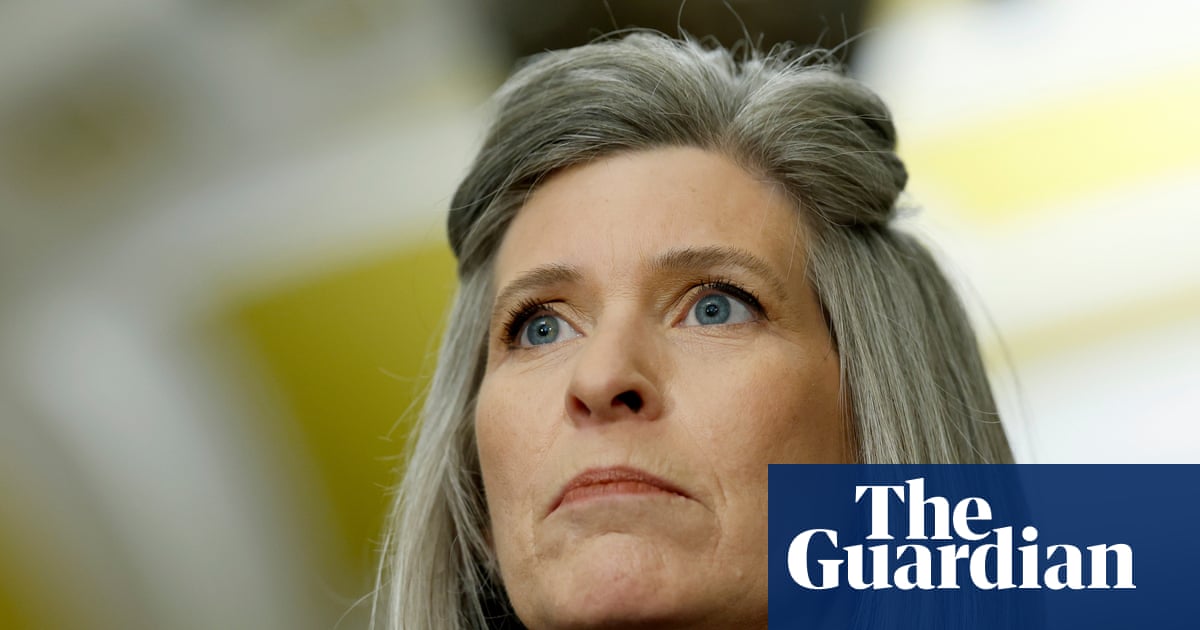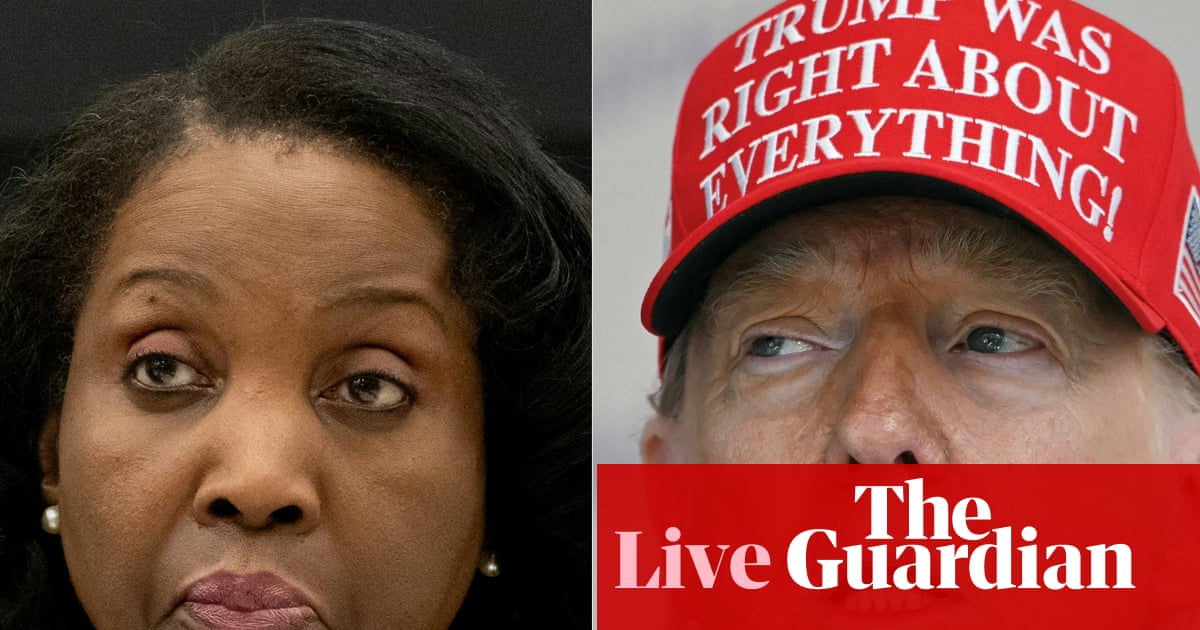Last Updated:August 29, 2025, 23:05 IST
PM Narendra Modi's eighth trip to Japan since 2018 is a bid to diversify partnerships, assert autonomy, and reinforce India's global positioning amid a tariff tussle with the US

PM Narendra Modi being accorded a Guard of Honour in Tokyo, Japan, on August 29. (Image: PMO/PTI)
Prime Minister Narendra Modi’s official visit to Japan, at the invitation of his Japanese counterpart Shigeru Ishiba, serves as a message of strategic balancing to the United States amid growing tariff tensions.
Modi’s eighth trip to Japan since 2018 is a bid to diversify partnerships, assert autonomy, and reinforce India’s global positioning. Hence, it becomes even more significant that he will follow it up with his trip to China for the Shanghai Cooperation Organization (SCO) summit in Tianjin.
THE INDIA-JAPAN STORY
This coming together coincides with US President Donald Trump’s unpredictability and trade war with India, which has unravelled more than two decades of a partnership built through successive administrations from George W Bush to Joe Biden.
The Quad – comprising India, Australia, Japan, and the US – is the cornerstone of the Indo-Pacific strategy, essential to India, Japan, and Australia’s vision. Yet, its trajectory appears uncertain due to Trump’s engagement.
The US President’s second term signals disengagement and a narrower view of alliances, evident as Washington imposed the highest tariff of 50 percent on New Delhi, a key strategic ally. This raises the question – will the India-US trade war risk diluting the Quad’s strategic coherence?
By engaging with India, Japan is sending a larger political message – one that transcends economics and defence. Tokyo offers consistency, resources, and a shared strategic outlook to New Delhi, rooted in an old partnership, democratic values, and a free and open Indo-Pacific.
STRENGTH IN CIVILISATIONAL TIES
Reciting the Gayatri Mantra, the Japanese welcomed Prime Minister Narendra Modi highlighting the deep civilisational relationship between India and Japan.
Stretching from the Himalayas to Mount Fuji, India-Japan ties are rooted in a shared cultural heritage, including Buddhism, which arrived in Japan from India in the 6th century AD.
During the visit, Modi received a Daruma doll from the chief priest of the Shorinzan Daruma-Ji temple in Takasaki-Gunma. This gesture reaffirms the close spiritual and civilisational ties between the two countries. The Daruma doll, which is considered a good luck charm in Japanese culture, also symbolises the legacy of Bodhidharma – an Indian monk known as Daruma Daishi in Japan.
This ancient connection underpins the shared ideals of democracy, tolerance, pluralism, and open societies, now strengthened by economic and defence cooperation.
SUMMIT DIPLOMACY
Japan and Russia are India’s two oldest annual summit-level mechanisms, a crucial element in diplomacy ensuring mutually beneficial outcomes.
In 2000, New Delhi and Tokyo forged a global partnership, which was elevated to a Special Strategic and Global Partnership in 2014 under Modi and former Japanese PM Shinzo Abe. The bond between these leaders gave a strategic edge to the time-tested ties.
India and Japan – two of Asia’s leading democracies and among the world’s top five economies – now focus on new priorities and challenges. Topmost during this visit is Japan’s investment plan, which amounts to USD 68 billion over the next decade.
This investment will boost infrastructure, manufacturing, clean energy, and technology partnership, showcasing Japan’s long-term commitment to India’s growth, especially as investors grow cautious of China.
Tokyo’s willingness to transfer cutting-edge technology to India is clear with the inauguration of Maruti-Suzuki’s first battery electric vehicle, the “e-VITARA", at a lithium-ion battery production facility in Ahmedabad. The Prime Minister has termed the India-Japan partnership as “made for each other".
On the strategic front, the two countries will revise the 2008 Joint Declaration on Security Cooperation, which extends to plurilateral platforms, including the Quad, Solar Alliance (ISA), Coalition for Disaster Resilient Infrastructure (CDRI), and Supply Chain Resilience Initiative (SCRI).
In terms of economic security, they are collaborating on semiconductors, critical minerals, pharmaceuticals, and clean energy. Japan now leads India’s quest for diversified supply chains, putting the relations between the two nations at the forefront of technological and security cooperation in Asia, committed to a free, open, and rules-based Indo-Pacific.
Location : First Published:August 29, 2025, 23:05 IST
News india PM Modi In Japan: How His Visit Is A Message Of Strategic Balancing To The US
Disclaimer: Comments reflect users’ views, not News18’s. Please keep discussions respectful and constructive. Abusive, defamatory, or illegal comments will be removed. News18 may disable any comment at its discretion. By posting, you agree to our Terms of Use and Privacy Policy.
Read More

 2 hours ago
2 hours ago


















